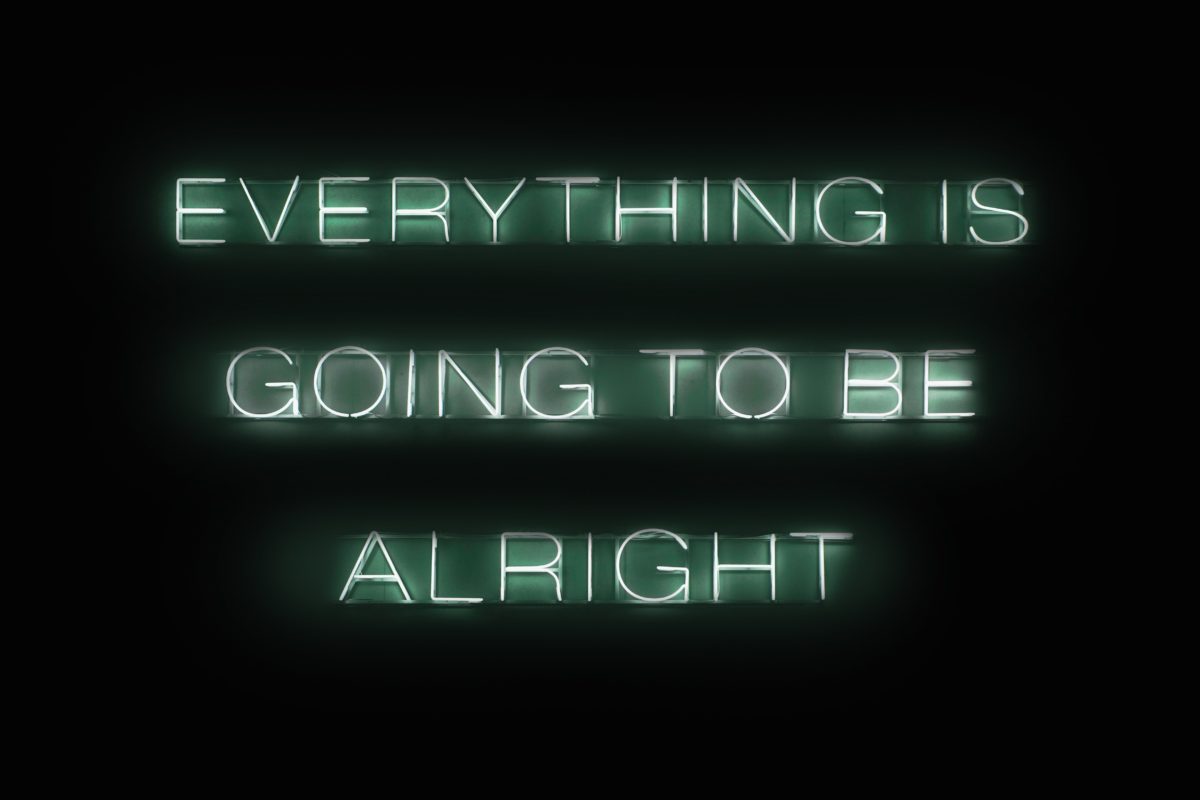As if one pandemic isn’t enough, stress seems to be a second one layered on top of the first.
Life is a challenge, on its best days, isn’t it? And what does that say about now?
We are all impacted by the grief and unrest we feel right now. Taking control of our emotions begins with understanding them. And because each of the Five Archetypes feels and manifests stress in an entirely different way, understanding yourself and others close to you better will help manage the stress better as well.
Once you know the way you interact with stress you can follow the personalized Five Archetypes method for returning to balance and thriving in the face of challenge.
The Five Archetypes and Stress
I know things can be easier and more fulfilling even in these troubled times by tapping into ancient truths about what makes us human. I call these The Five Archetypes. They have been helping people live happier and more fulfilling lives with better relationships for thousands of years.
You can take the assessment to see which archetype is your primary. Each of the archetypes represents a particular temperament and a set of traits, which help you know how to cope and bond better with others. Answer each question to the best of your ability. When you finish we will automatically email you the results.
Here is a quick look at the patterns of fear and insecurity that can arise under stress for each archetype. Can you find yours?
Fire
Stressed Fires fear losing love and connection and panics when they feel ignored. When life isn’t fun and there’s no variety, engagement and celebration, Fire’s can lose steam and feel overwhelmingly sad. An insecure Fire may feel overburdened by the hard work required to fix insurmountable problems.
Earth
Stressed Earth fears being abandoned by friends and loved ones and may over-please to make sure people stay put. Insecure Earths can ruminate and worry about how they could be better for others. When they can’t get unstuck, Earths seek to avoid conflict at all costs and may blame themselves when relationships go south.
Metal
Stressed Metals fear being wrong and may hold on to the need to be right over the need to move forward with new idea or plans (the whole forest for the trees thing). When they feel insecure, Metal may get stuck on the past, on the details of what others did instead of moving past it and looking forward to a potentially better future.
Water
Stressed Waters fear risking vulnerability and making the wrong choice. When they’re really feeling low, they worry about being misunderstood and have a tendency to spend too much time alone. They can easily disconnect from the conversation and they become prone to bouts of depression.
Wood
Stressed Woods fear feeling trapped with no way out and may desire freedom over confinement. When they’re not feeling strong, they have the potential to become pushy and argumentative without the ability to pause and notice what others feel or need.
So, which one are you?
The good news about stress
Stress is a killer. It’s an energy robber. It saps our creativity and drains our emotional reserves. So moving through it can be one of the most important things we can do during an epidemic of stress.
Moving through it is easier once you discover your primary archetype. Also, as I’ve explained in some of my recent virtual talks, the way we typically move through stress (or try to) is to double-down on what we’ve been doing, which is often entirely the wrong approach.
We find the passage to a more secure state using tactics from an element that is not our natural impulse. For example, a Water person who is very reflective and thoughtful, will often get too lost in her thoughts in a state of stress. The path to security will come as Water accesses their Wood behaviors and puts forward thinking plans into action. The active doing soothes Water, not more ruminating.
For each of our types it’s the same way.
Want to learn more? You can schedule an introductory call with me where we take a deep dive into your unique Five Archetype makeup and how you can start to move through stress toward healthy resilience today.

